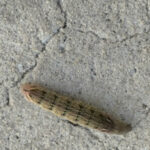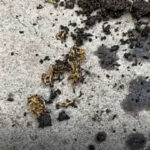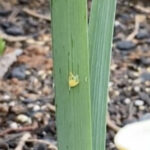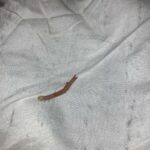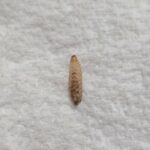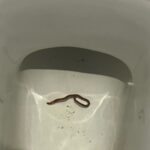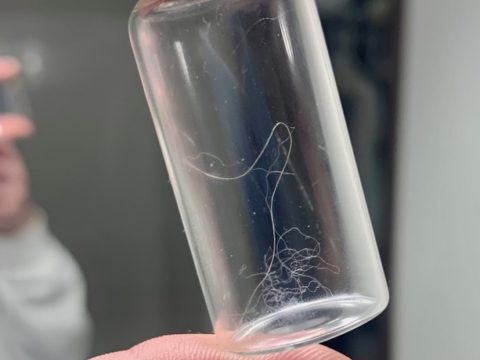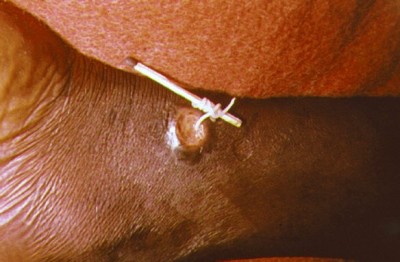A hook worm is a parasite that lives in the intestines, commonly those of pet cats and dogs, and can be passed on to humans. Currently, it is thought that a more than one billion people worldwide are infected with hook worm (that’s one-fifth of the world’s population!) , mostly in tropical and subtropical climates.
Hook worm larvae live in infected soil, and penetrate the skin. It is therefore important not to walk barefoot outdoors in areas known to harbour hook worm, as the larvae can enter the skin through the soles of the feet. From here, they travel to the lungs via the bloodstream, and then are transported to the intestines when phlegm is swallowed.
The symptoms of hook worm infestation, itching and a rash, are often mistaken for mosquito bites on the soles of the feet. On the second day, however, the marks will turn into lines. With a light infection, there may be no further symptoms, but severe infection can lead to anemia, blood loss, protein deficiency, abdominal pain, diarrhea, loss of appetite, and weight loss.
Children are at high risk of contracting hook worm as they often play in soil and go barefoot. However, if your child is at school or nursery and another child has hook worm, there is no need to panic, as the infection generally cannot be passed from one person to another; it is picked up from contaminated soil or feces.
Hook worm can be easily diagnosed by your physician or health care provider with a simple stool test. The treatment for hook worm in adults is commonly the drug Mebendazole, which is given twice a day for three days. It works by killing the eggs and the larvae.
If you think that your pet has hookworm, take it to the vet, who can also perform a stool test and, if necessary, can give your pet a de-worming treatment. Signs to look for if your pet has developed hook worm infection include bloody diarrhea, weight loss, and poor fur quality. Younger pets are particularly susceptible to infection, due to their lower iron reserves. Always pick up your pet’s feces as this will minimize the chance of re-infection.
Recommended Reading (click on the picture for details):
All About Worms is always free, always reader-supported. Your tips via CashApp, Venmo, or Paypal are appreciated! Receipts will come from ISIPP Publishing.




